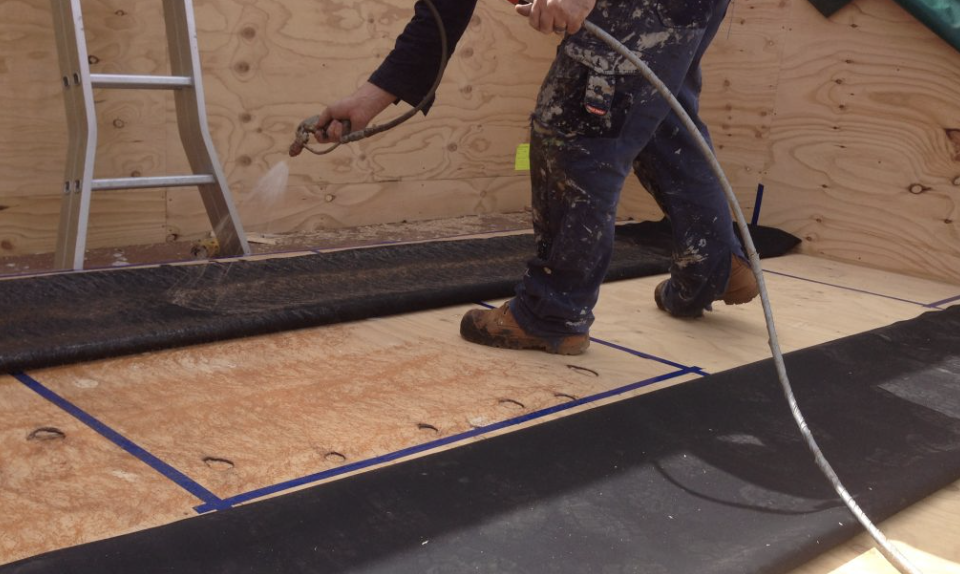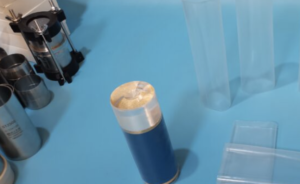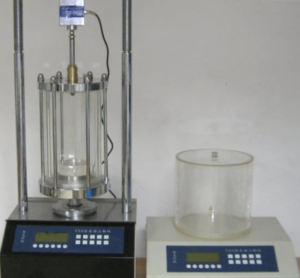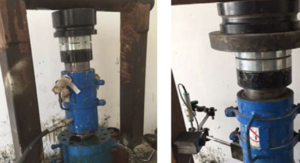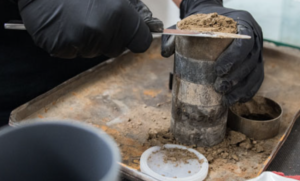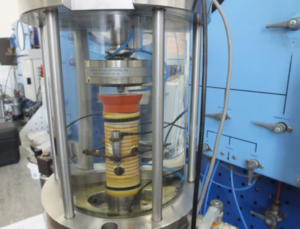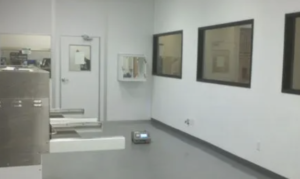Is Butyl Rubber the Best Choice for Triaxial Testing Membranes? Here’s the Evidence
When it comes to triaxial testing, the membrane you choose can make or break the integrity of your results. While latex has long dominated soil labs, butyl rubber is gaining attention for its superior impermeability and mechanical stability. But is it really the best choice? Let’s dig into the evidence.
Material Integrity Under Stress: How Butyl Rubber Performs in Triaxial Testing
In a triaxial test, the membrane surrounds a soil sample as axial and confining pressures are applied. If the membrane stretches excessively or leaks, test accuracy suffers.
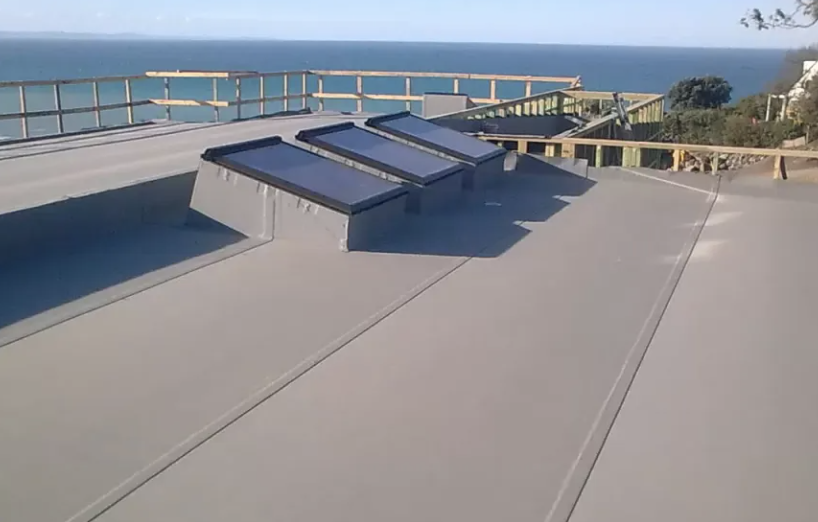
Key Strength Indicators for Butyl Rubber:
- High elongation at break1: Up to 500%, yet resists permanent deformation
- Tensile strength: Sufficient to prevent punching or rupture during cyclic loading
- Chemical resilience2: Withstands exposure to pore water, salts, and leachates
| Свойство | Performance in Triaxial Setup |
|---|---|
| Membrane expansion | Minimal, even under high cell pressures |
| Fatigue durability3 | High—suitable for extended duration tests |
| Surface integrity | Less prone to micro-tearing vs. latex |
Because it holds shape better than latex under repeated cycles, butyl rubber ensures data consistency—especially in long-term or stress-path-dependent experiments.
Comparing Butyl to Latex and EPDM: Strengths and Limitations
Each membrane material has its pros and cons. Here’s how butyl4 stacks up.
| Особенность | Butyl Rubber | Latex | EPDM |
|---|---|---|---|
| Gas permeability | Excellent (very low) | Бедный | Умеренный |
| Эластичность | Good (less rebound than latex) | Отличный | Хороший |
| Chemical resistance | Высокий | Умеренный | Хороший |
| Surface tackiness | Slight (adhesive-like) | High (can stick to mold) | Низкий |
| Punching resistance | Высокий | Low (prone to tearing) | Умеренный |
| Расходы | Выше | Низкий | Умеренный |
Verdict:
- Use latex for quick tests where stretch is a priority and cost is critical.
- Use EPDM when weather and ozone resistance are important.
- Choose butyl for precise data, longer test durations, and sensitive permeability analysis.
Resistance to Gas and Water Permeation: Why It Matters in Soil Testing
Accurate triaxial testing relies on controlling pore pressure and preventing seepage or vapor exchange through the membrane. That’s where butyl rubber shines.
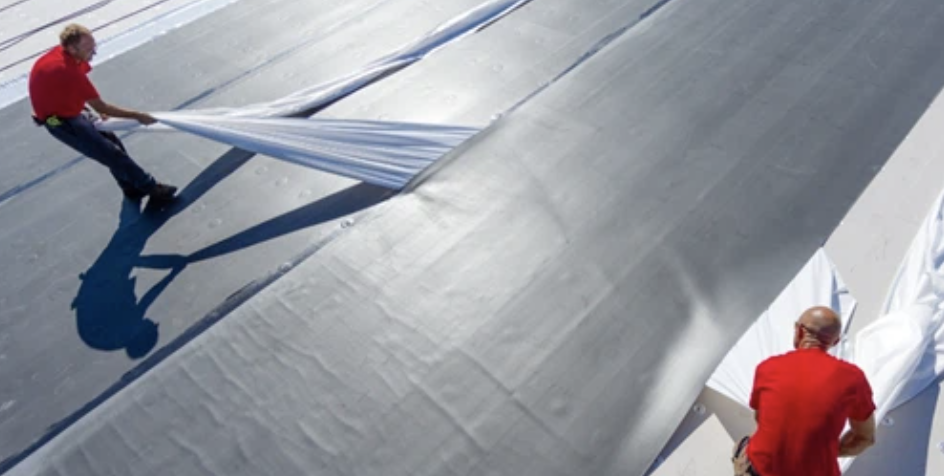
Why Low Permeability Matters:
- Prevents loss of pore water pressure5, maintaining effective stress
- Eliminates cross-contamination6 from the confining fluid
- Critical for permeability, consolidation, and CU/CD test accuracy7
| Membrane Type | Water Vapor Permeability (g/m²/day) | Air Permeability |
|---|---|---|
| Butyl Rubber | < 1 | Очень низкий |
| Latex | ~40–60 | Высокий |
| EPDM | ~10–20 | Умеренный |
With butyl membranes, lab technicians can be more confident that any changes in pore pressure are due to soil behavior—not leakage.
Cost, Reusability, and Lab Preferences: Is Butyl Worth the Investment?
Let’s talk numbers and lab efficiency. Butyl rubber membranes typically cost 2–3 times more than latex8, but they may be reused multiple times9, depending on the application and care.
| Фактор | Butyl Rubber | Latex |
|---|---|---|
| Unit cost (approx.) | $2.50–$5.00/pc | $0.80–$1.50/pc |
| Reusability | 3–5 tests (carefully cleaned) | Single-use |
| Lab feedback | Preferred for permeability or long-duration tests | Preferred for high-throughput testing |
When Butyl Makes Sense:
- Research labs running high-precision or long-term tests
- Geotechnical consultants conducting permeability or CU/CD testing
- Situations where sample leakage or membrane rupture10 has been a recurring issue
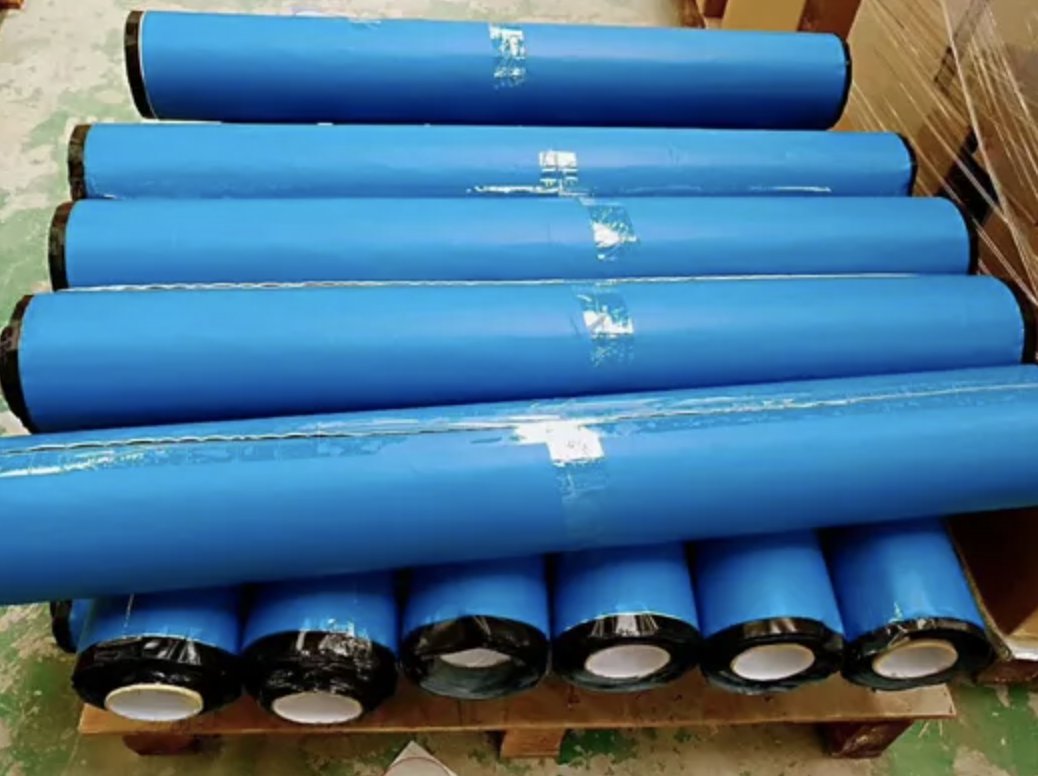
Заключение
So, is butyl rubber the best choice for triaxial testing membranes? In many critical lab environments, yes. While latex is fine for quick and economical runs, butyl delivers superior sealing, durability, and data confidence—especially in permeability-sensitive and long-duration experiments. For labs where accuracy matters more than price per piece, butyl is a smart investment.
-
Understanding high elongation at break can enhance your knowledge of material properties and their applications in various industries. ↩
-
Exploring chemical resilience will provide insights into how materials withstand harsh environments, crucial for engineering and design. ↩
-
Learning about fatigue durability can help you select the right materials for long-lasting applications, ensuring reliability and safety. ↩
-
Explore the benefits of butyl rubber for precise data and sensitive permeability analysis in various applications. ↩
-
Understanding the effects of pore water pressure is crucial for effective soil management and engineering practices. ↩
-
Exploring cross-contamination can help ensure accurate soil testing and prevent misleading results in engineering projects. ↩
-
This resource will deepen your understanding of soil behavior and improve testing methodologies in geotechnical engineering. ↩
-
Understanding the cost difference can help in making informed decisions about lab materials and budget allocation. ↩
-
Exploring reuse methods can enhance lab efficiency and reduce costs over time, making it a valuable resource. ↩
-
Identifying causes can help improve testing accuracy and reliability, which is crucial for research outcomes. ↩

